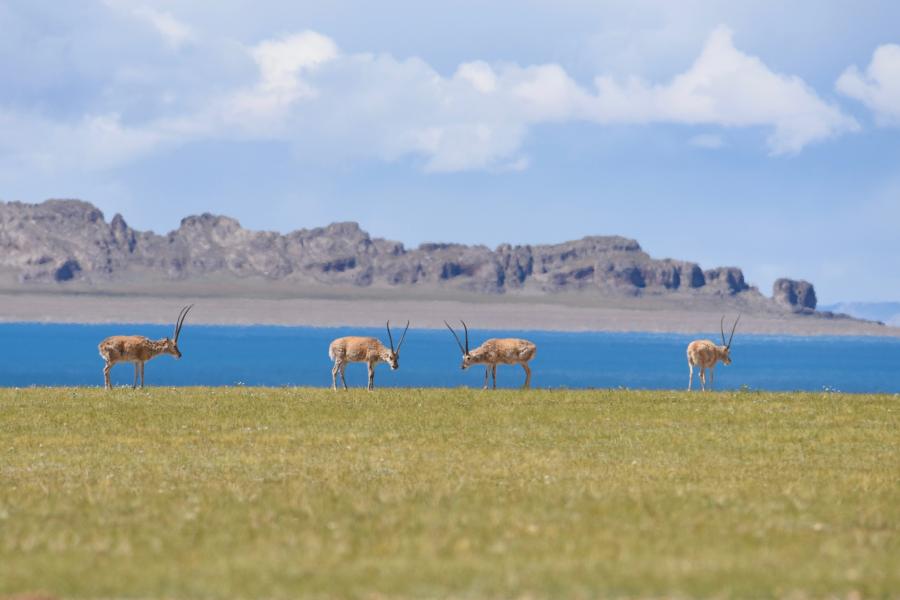Climate change is making the Tibetan Plateau greener and more habitable, attracting more people to higher altitudes due to better access to water. However, rising lake levels require urgent planning and policies to mitigate impacts on the region's ecology and population.
Land-loss
The resultant land loss could also lead to a change in the landscape, as lakes merge and the course of the rivers which feed and inter-connect the lakes are altered.
This could lead to increased greenhouse gas emissions and a positive feedback loop, amplifying climate change. An increase in freshwater, and in flow between lakes could also cause a change in ecology and affect wildlife. As an example, when the Zonang Lake in Hoh Xil Nature Reserve burst its banks in 2011, the Tibetan Antelope found their migration route blocked.

Credit:image by yiqianwu via i naturalist cc by nc





